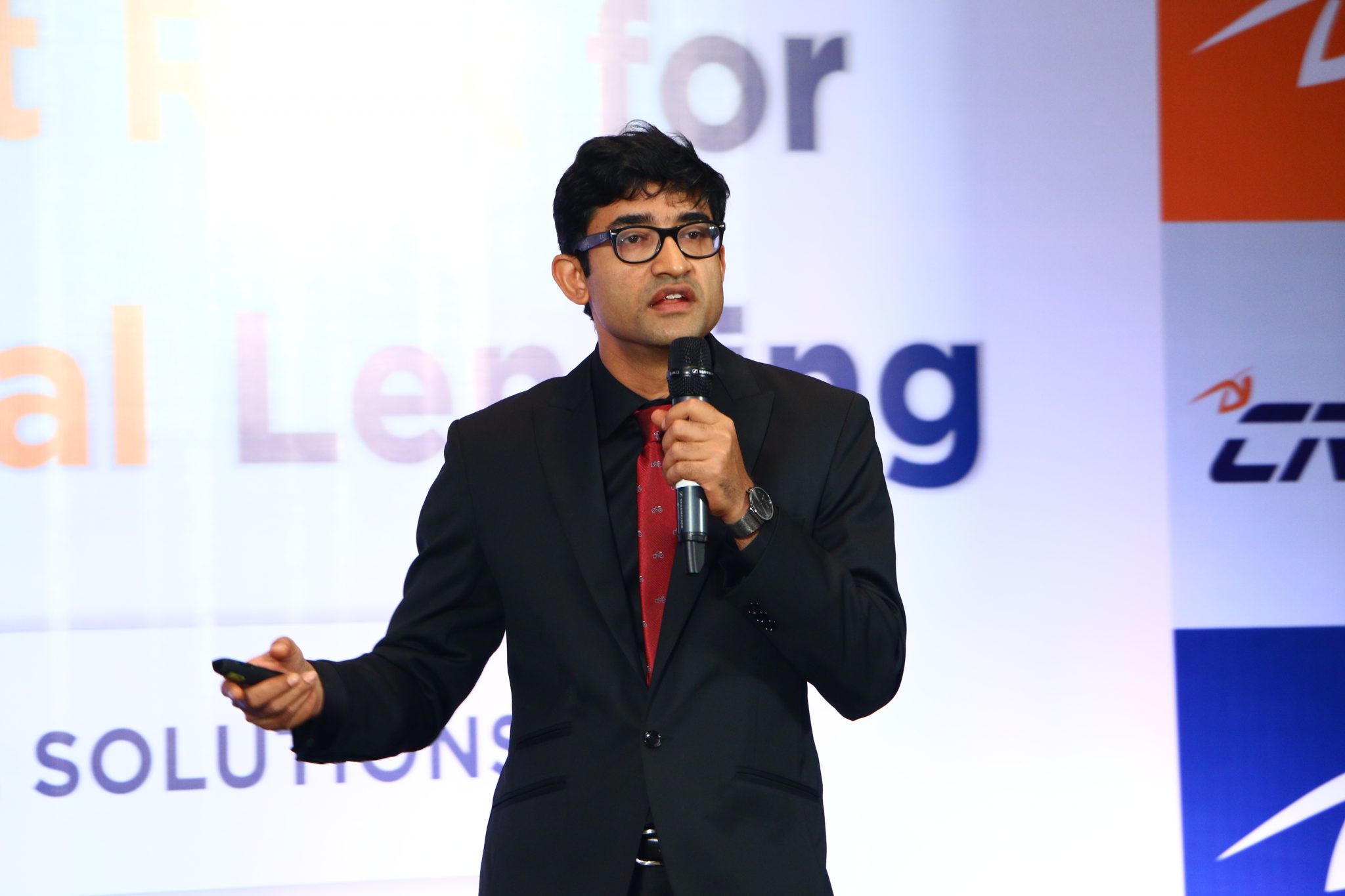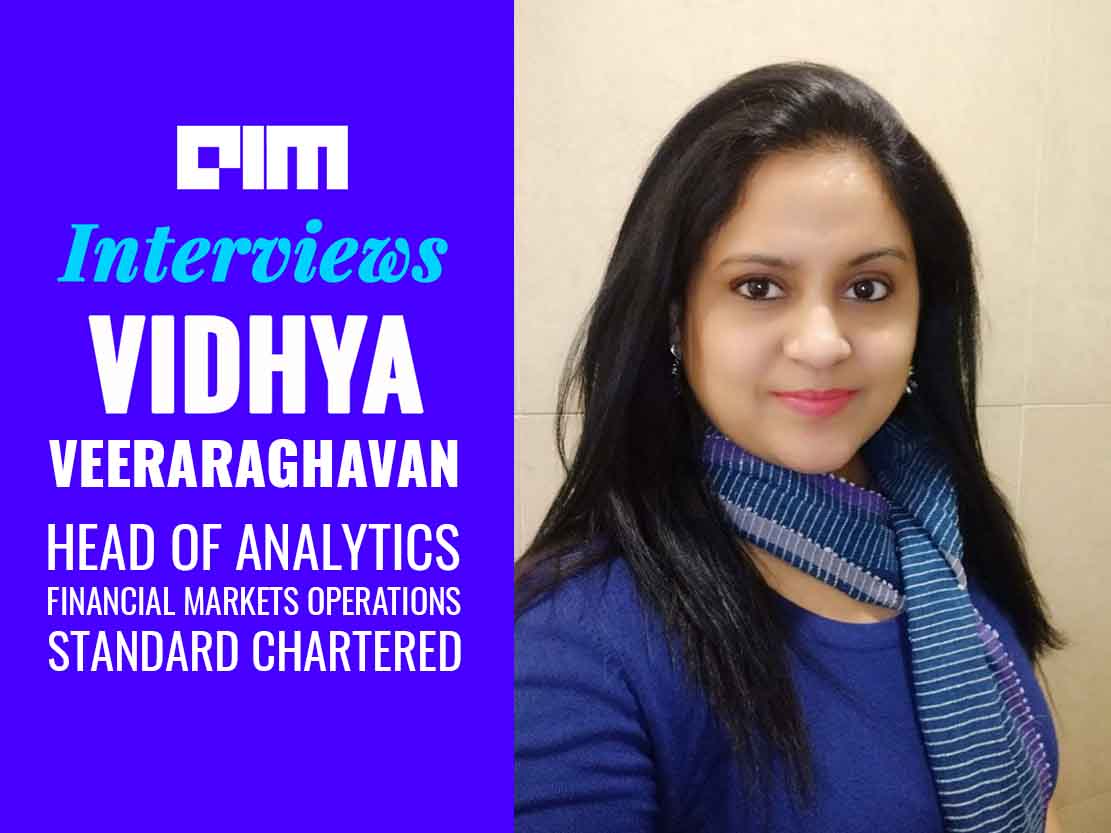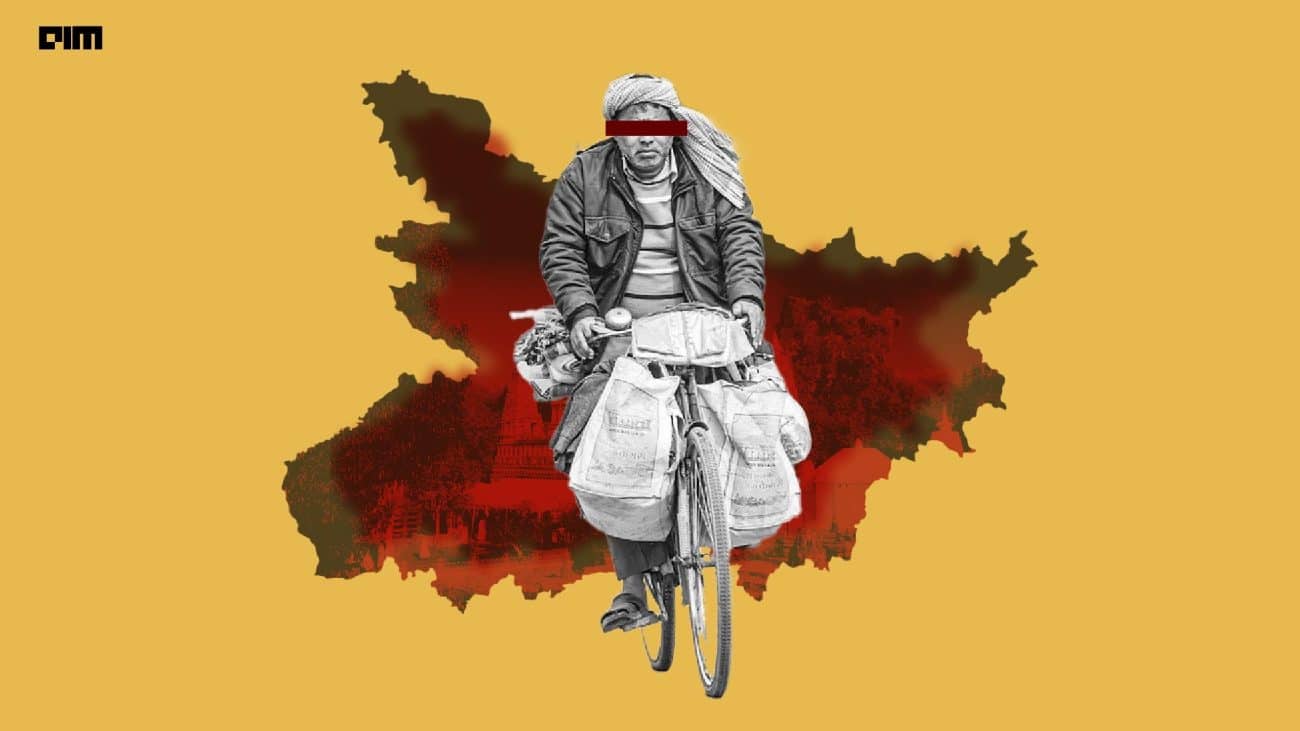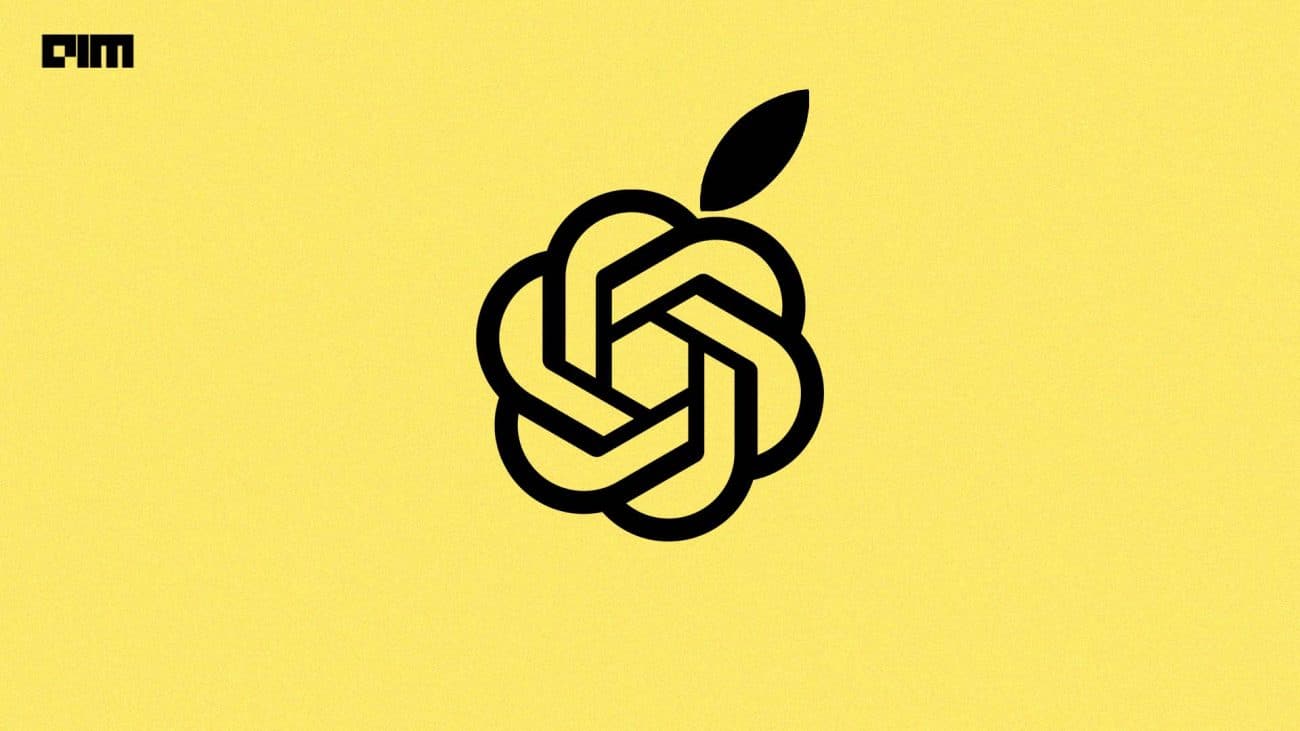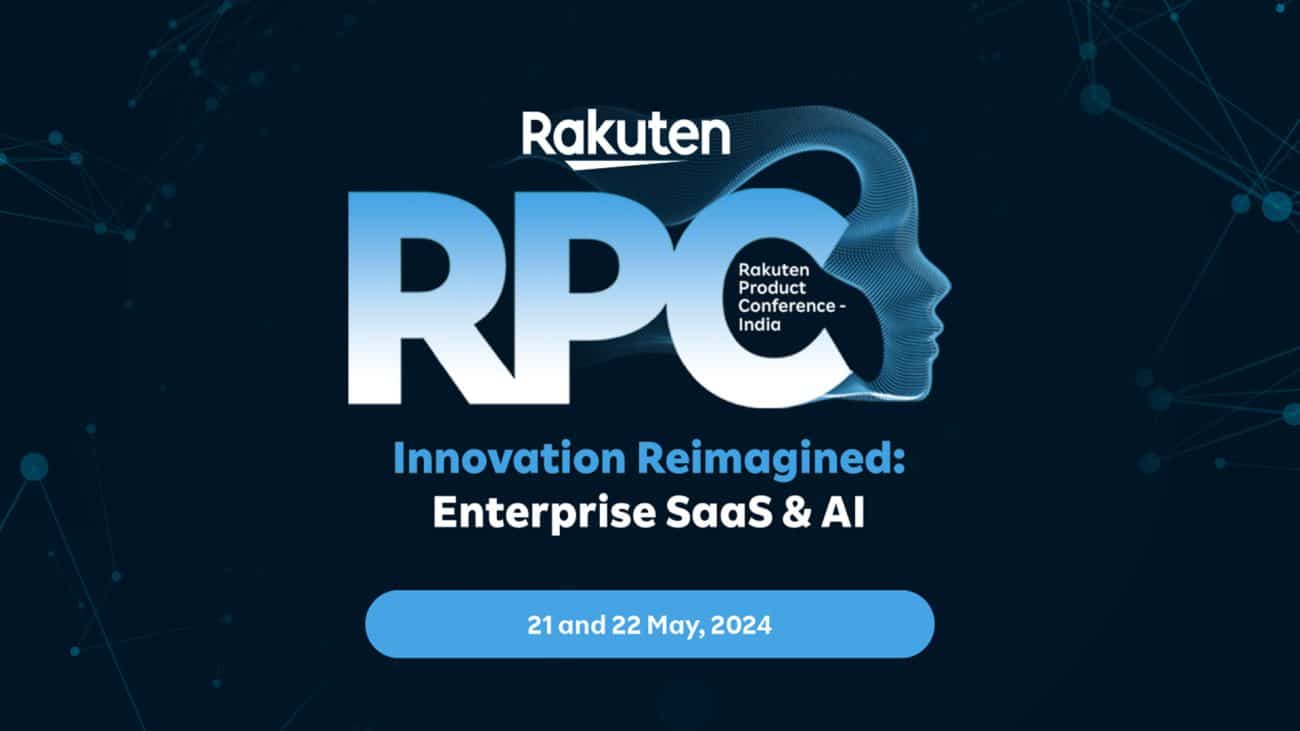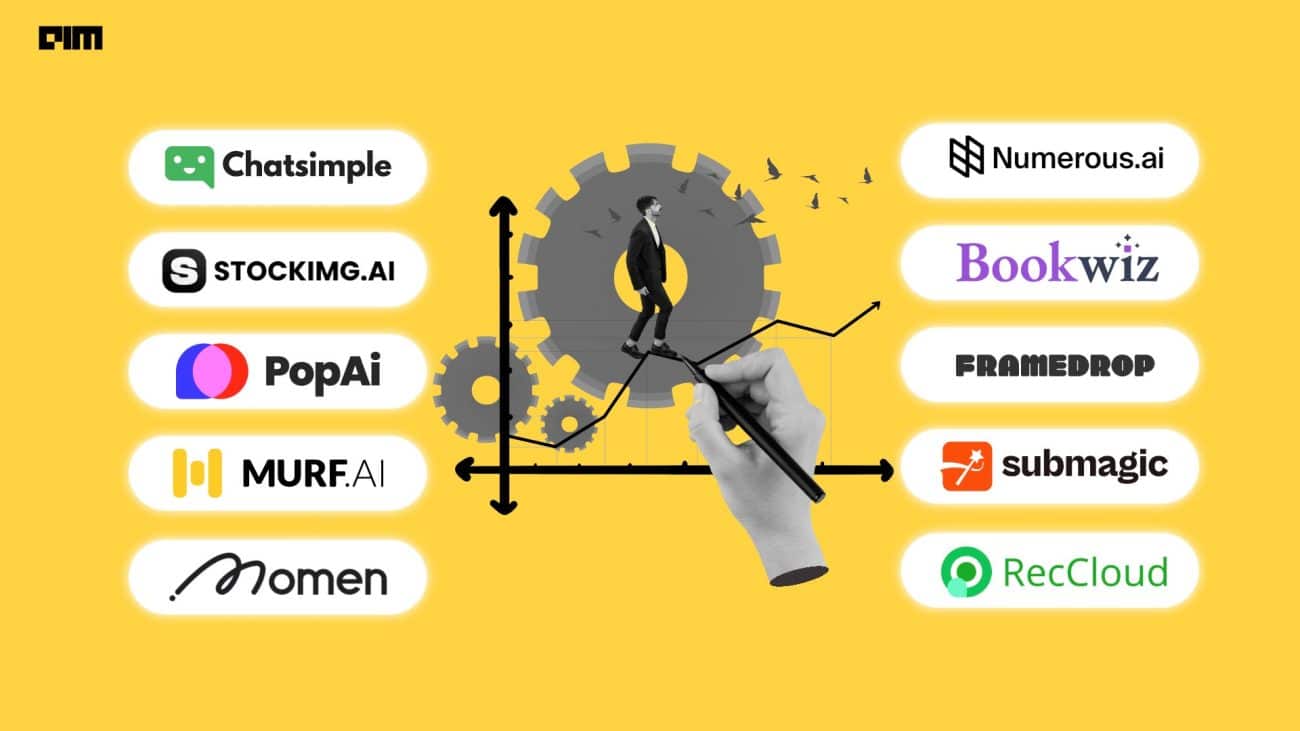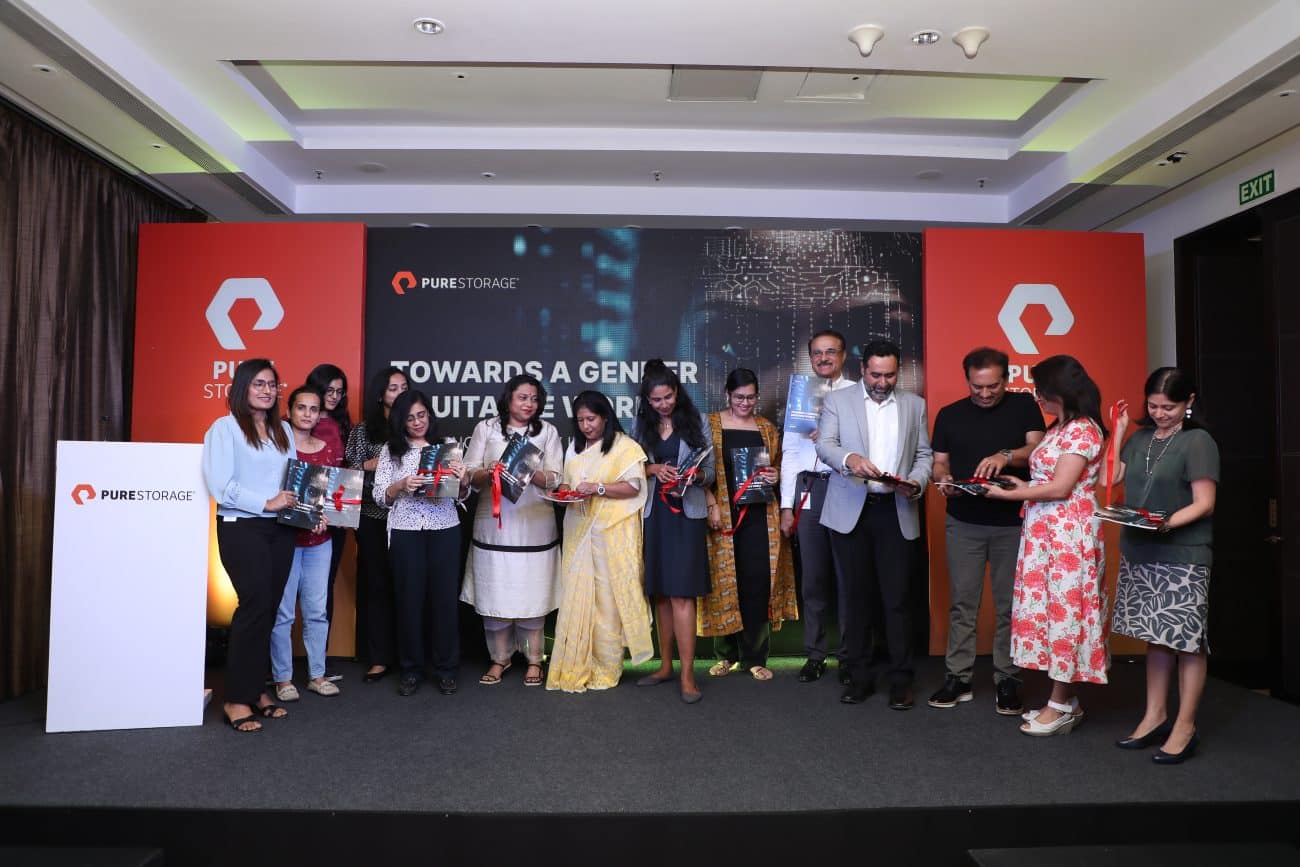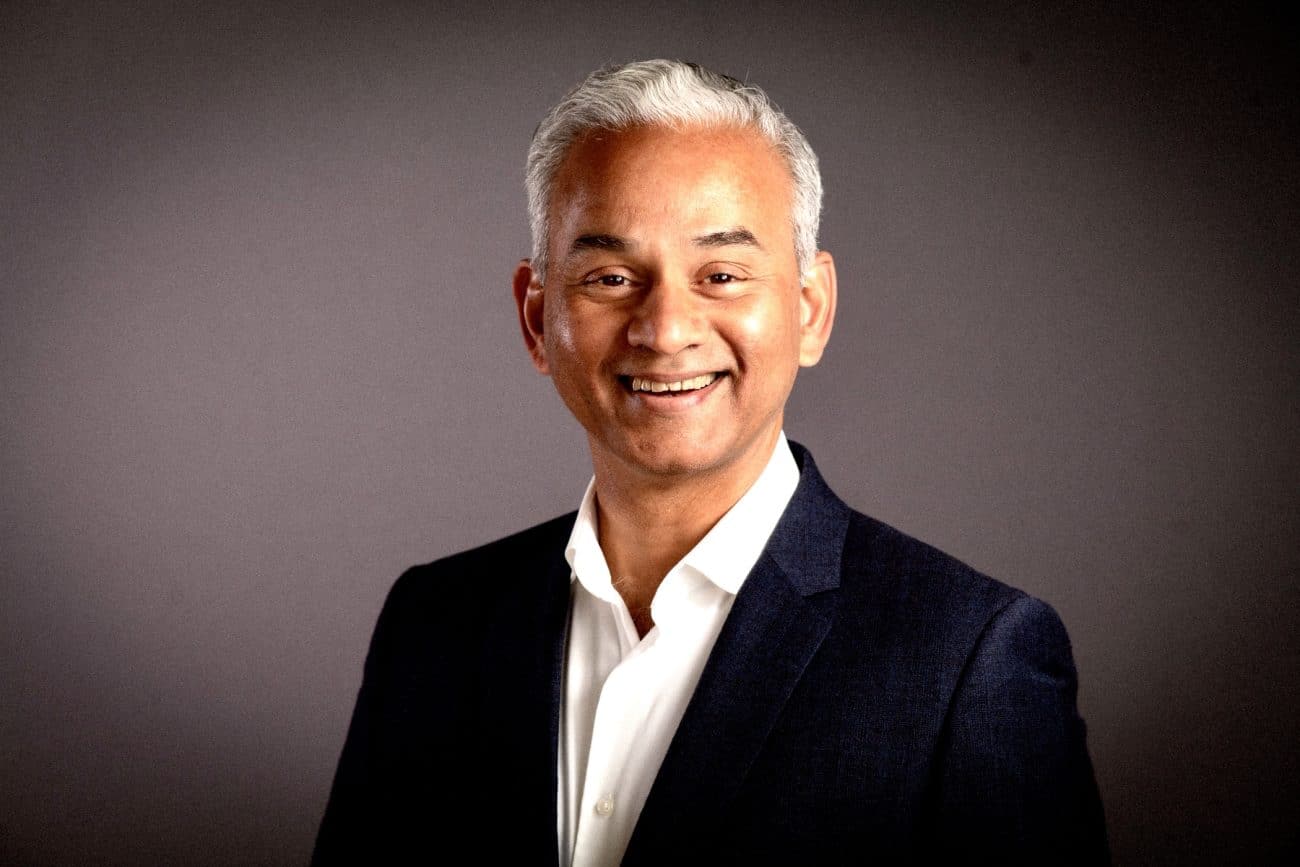CRIF is an Italian company, based out of Bologna and caters to more than 6K banks and financial institutions across 30+ countries globally. In India, CRIF has two broad arms – one is the 100% subsidiary (called CRIF Solutions India) – which focuses on consulting, analytics and products and the other is the credit bureau where it has major ownership (CRIF Highmark) – which focuses on multiple services on retail and commercial side.
In 2015, CRIF set up the Centre of Excellence (CoE) for analytics and decision engine which provides solutions and services that covers the entire customer lifecycle — risk assessment, marketing, acquisition, customer management and collections.Today the 85-strong analytics arm, headquartered in Pune is a one-stop-shop for all data and analytics related needs for the BFSI and telecom sector across Asia and the Middle East.
AIM caught up with Atrideb Basu, Senior Vice President – Consulting & Products, Asia & Middle East who set up the analytics practice in India to understand how he put in place people, process and technology at CRIF India. Basu also talks about the rapid growth of analytics practice and consulting that supports several regions, localization of analytics in India and scaling the team from 10 to 85 in a span of few years.
Read the full transcript of the interview to find out more:
Analytics India Magazine: Can you tell us about your role in India and how has the journey been so far?
Atrideb Basu: It’s been a fantastic roller coaster ride. I am sure my boss hired me because I drive a Punto (that’s when you really think what are the odds). When I joined in 2015 – the concept of building an analytics unit in India was new to CRIF – so we had to first convince within the company that we can develop a team in India to deliver – and then grow from there. CRIF has been historically very strong in credit bureau scorecard development, we understood this relatively quickly and added our own punch on the top of that. Think of it as a paneer pizza and implemented it in Dubai and India. From there, we never really looked back. We scaled rapidly from 0 to 85 resources in 4 years and have achieved more than €3 million as revenues in the region.
AIM: Can you tell us about your vision and how you set up the CoE in India wrt approach and technology?
AB: We started with a small team and tested certain aspects. We were successful. Then we scaled up a bit and tested some more. Luckily, it was also OK. Then I think the momentum just catches up. The key aspect remains that you focus on the basics like problem solving and execution and have fun with the extended team. But there are a few things which we did were important.
We didn’t want everyone to think alike – so we hired folks with diverse background with experience in policy, risk scorecards, marketing scorecards, fraud, collections and then in specific products like personal loans, credit cards, two-wheelers, business loans, affordable housing etc so that we can bring diverse experiences together. This helped in two important ways – firstly resource engagement was a given as everyone is doing something new and secondly – our thoughts were naturally out of the box. Everyone pitched in with their ideas to solve something and created a slightly differentiated offering
Another example is that by design we do not separate the delivery team and the pre-sales team. Typically, if you see in most consulting organisations, the delivery team and the pre-sales team are separated. The same guy who is building the solution is also the same person who’s pitching the technical content to the client which allows them to connect better and simplify the problem.
The last is being technology agnostic. So, to us, it does not matter if we need to use any statistical language – like SAS/Python/R to solve a problem. The team has worked very hard in this area.
AIM: What are the kind of analytics products tailored for India?
AB: There are multiple products/solutions of course. When a company like CRIF opens a Centre of Excellence in India – it brings a full suite of its global expertise – sees what can be relevant – what needs to be localised – and then does it. The objective is to always keep the solutions simple and relevant – despite the multiple complexities that might have gone into development.
The first thing we did is to enhance the scores on the bureau platform – both for consumer and SMEs – on the fundamentals of stability and precision – as anything else might be disastrous. We spend a considerable amount of time (more than 12 months) to develop these solutions and tested it with multiple players – so that we were sure it adds value. We are committed to do many more things on the bureau data itself – creating open-box consulting solutions, bringing in specialised scores to allow better underwriting, and more importantly, changing the mindset of our customers where we are consultants that solves business problems by “developing strategies and not just a team that gives a score”.
The second aspect we work towards is customised solutions. This helps in multiple ways. One, it allows the customer to have a solution on a population that it is focused towards (so solves the right data issue) and two, it creates a more focused algorithm that gives the customer a competitive advantage over other players ( for example it can help you underwrite a segment that most of the other players will not).
The third aspect we focus on is working directly with clients on their data: be it optimisation of policy, development of bespoke scorecards (application or behavioral or collection scorecards), optimising the right loan amount to be given, deciding on the right way for deciding on cut-offs, whom and when to cross-sell and then finally presenting all this to their board to a faster internal approval.
AIM: Of late there has been a rise in alternate data utilised by fintechs for P2P lending. Can you share your thoughts on this trend and how is this set to grow?
AB: Of course. Having more data leads to the first degree of competitive advantage (eg. new to credit customers) and then using it effectively should lead to the second (which also means storing the data properly). But the banks will accelerate to catch up and we will reach a stage – where the delta comes out – “what is the real advantage that alternate data can give over and above tradition underwriting data” — I mean we really would not trust if someone told us 5 years ago that the higher the ratio of # of selfies vs other camera shots, higher is the 90+ days past due likelihood. But today, we may not reject this outright — and will try to empirically test it out and see if we can justify this by some psychometric traits. So, yes, the possibilities have expanded, and it is exciting.
Second is the mindset of empirics over experience. If someone does not believe this (and for sure there will be plenty), please look at some examples like Leontief paradox – where empirical studies can overrule proven theories.
The point is – create a blind testing facility, fail multiple times, and fail very fast, and then the iterations towards a new logic/path/way is faster. This is the only way we grow now with the proliferation of technology and data. The only caveat is that this needs to be managed in a profitable way😊.
AIM: Can you talk about CRIF’s role in Regulatory Analytics and how you are delivering a comprehensive approach to clients?
AB: CRIF is very strong globally in Basel2 and IFRS9 projects. As I had mentioned earlier, this unit is set-up to bring the full global expertise to India and IFRS9 is no exception. We have started working on IFRS9 in Philippines, Indonesia and Lebanon and soon will work in India too. We focus very sharply on the expected loss computations in this space and been successful in lowering the ECL% for the banks while increasing the robustness of the methodology. I can openly say, it is very difficult to compete with this methodology – so once we start deploying this in the market – and players ready to adopt something new — it will be disruptive.


